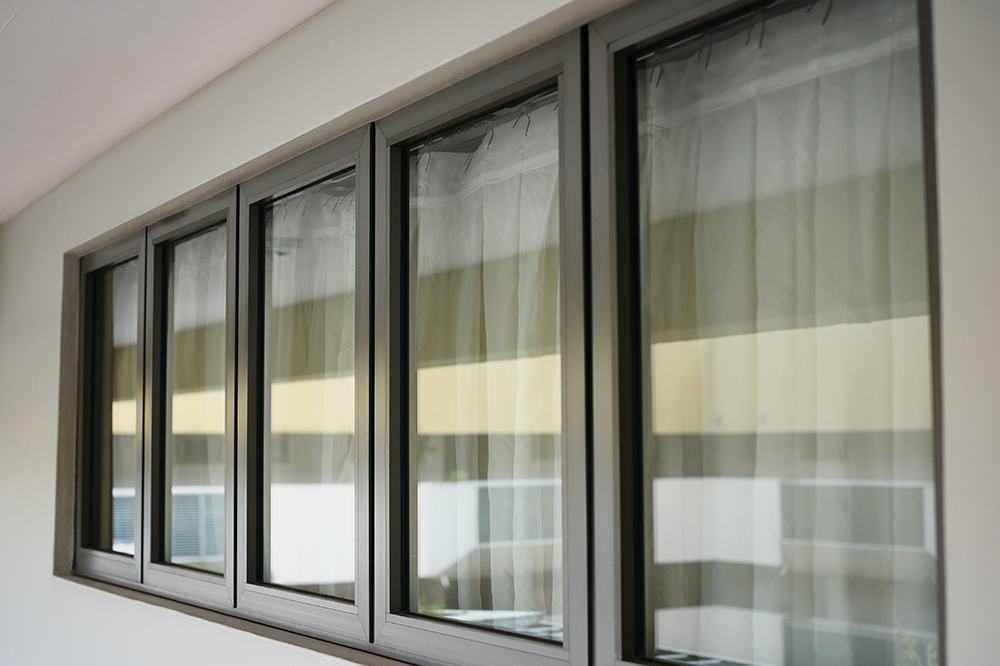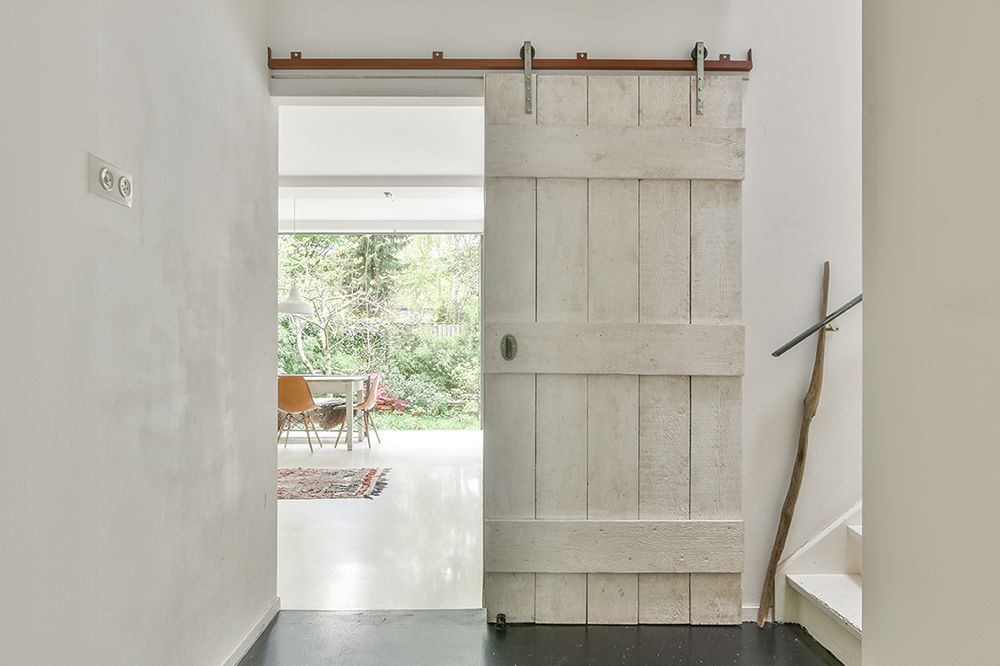
How to Maintain Your Exterior Wooden Door for Longevity and Beauty
Exterior wooden doors are more than just a functional component of your home, they're a statement piece that enhances your home’s appeal and welcomes guests. Their natural elegance and durability make them a popular choice for homeowners. However, wooden doors are also exposed to the elements, and without proper care, they can suffer from wear and damage.
To preserve their beauty and functionality, regular maintenance is essential. By following these practical tips, you can ensure your exterior wooden door stands the test of time while remaining an attractive feature of your home.
How to Maintain your Exterior Wooden Door
1. Clean Your Door Regularly
Dirt, dust, and environmental pollutants can accumulate on the surface of your wooden door, dulling its appearance and potentially causing damage over time. Regular cleaning not only keeps the door looking fresh but also helps to prevent buildup that can degrade the wood or its protective finish.
To clean your door, you’ll need a soft cloth, mild soap, and lukewarm water. Once you have that, mix a small amount of mild soap with water to create a gentle cleaning solution. Use a damp cloth to wipe down the door, focusing on any areas where dirt is visible. Then, rinse the cloth and wipe again to remove any soapy residue. Finally dry the door thoroughly with a clean, dry cloth to prevent moisture absorption.
Pro Tip: Avoid using abrasive cleaners or harsh chemicals, as they can strip the finish and damage the wood.
2. Inspect for Signs of Damage
Frequent inspections are crucial to identifying issues early. Wooden doors are prone to cracking, warping, and other forms of damage caused by exposure to fluctuating temperatures, moisture, and sunlight. Catching these problems early can save you from costly repairs or replacements.
What to Look For
- Cracks, splits, or peeling paint.
- Fading or discolouration due to UV exposure.
- Gaps between the door and the frame indicate warping or shrinkage.
- Signs of water damage, such as dark spots or swelling.
If you notice any of these issues, take action immediately to prevent further deterioration.
3. Apply or Refresh Protective Finishes
Wood is a porous material that needs protection from the elements. A high-quality finish not only enhances the door’s natural beauty but also acts as a barrier against moisture, UV rays, and general wear and tear.
Types of protective finishes that you can apply include varnish (this offers a durable, glossy finish that highlights the natural grain of the wood), wood sealant (this penetrates the wood to provide moisture resistance while maintaining a natural look), or paint (this provides complete coverage and excellent protection but conceals the natural wood grain).
To apply any of the above products, sand the door lightly before applying a new coat of finish. This ensures the surface is smooth and helps the finish adhere properly. Next, use a brush or sprayer to apply the finish evenly. Finally, allow sufficient drying time between coats for optimal protection.
Pro Tip: Reapply the finish every 1–2 years, or more frequently if your door is exposed to harsh weather conditions.
4. Weatherproof Your Door
Weatherproofing is an essential step in maintaining your wooden door’s longevity. Exposure to rain, wind, and sunlight can lead to warping, cracking, and fading. Simple weatherproofing measures can significantly reduce these risks.
Key weatherproofing measures include a door sweep (install a door sweep at the bottom to keep out drafts, moisture, and pests), weatherstripping (apply weatherstripping around the edges to seal gaps and improve energy efficiency), and overhang or awning (protect your door from direct sunlight and heavy rain by installing an overhang or porch cover).
The above measures not only protect your door but also contribute to a more comfortable and energy-efficient home.
5. Control Moisture Levels
Wood is highly sensitive to changes in humidity and moisture levels. Excessive moisture can cause the door to swell, warp, or develop rot, while extremely dry conditions can lead to cracking.
To prevent this, ensure proper drainage around your home to prevent water from pooling near the door. Use a dehumidifier indoors if you live in a particularly humid climate. Avoid excessive water exposure during cleaning (use a damp cloth instead of soaking the door). If your door is located in an area prone to extreme weather, consider applying a moisture-resistant primer for added protection.
6. Maintain Door Hardware
The hardware on your door, such as handles, hinges, and locks, plays an important role in its functionality and overall appearance. Neglecting the hardware can lead to rust, tarnish, or reduced performance.
To maintain your door hardware use a non-abrasive cleaner to remove dirt and grime. Check screws and other components for looseness, and tighten them as needed. Finally, apply a silicone-based lubricant to hinges and locks to ensure smooth operation.
Pro Tip: Regular hardware maintenance not only extends the life of these components but also keeps your door looking polished and professional.
7. Protect Against Pests
Wooden doors can attract pests like termites and other wood-boring insects. Left unchecked, these pests can cause significant damage.
To prevent pest damage, inspect the door and surrounding areas for small holes, sawdust, or other signs of infestation. Apply wood preservatives or insect repellents as a preventive measure. Keep the area around the door clean and free of debris that might attract pests.
8. Follow a Seasonal Maintenance Schedule
Consistency is key to effective door maintenance. Create a seasonal checklist to address specific needs throughout the year.
- Spring: Inspect for winter damage, clean the door, and refresh protective finishes.
- Summer: Focus on UV protection by applying a fresh coat of sealant or paint.
- Autumn: Clean and weatherproof the door to prepare for colder months.
- Winter: Check for drafts, ensure hardware is functional, and clean off any salt or debris.
Final Thoughts on Maintaining your Exterior Wooden Doors
An exterior wooden door is more than just an entry point, it’s an investment in your home’s aesthetic and functionality. By committing to regular maintenance, you can protect your door from damage, extend its lifespan, and keep it looking beautiful year after year.










